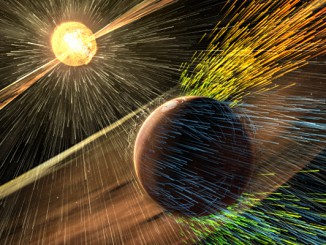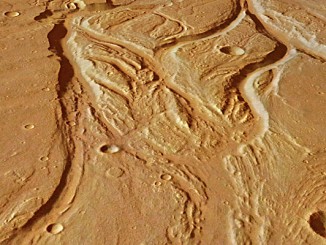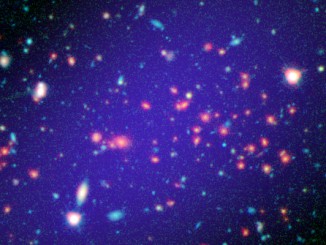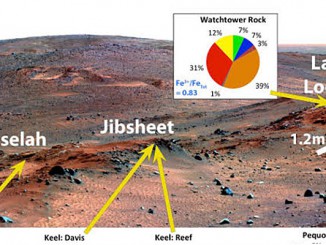
Looking for artificial radio signals from star system KIC 8462852
Could there be intelligent life in the star system KIC 8462852? A recent analysis of data collected by NASA’s Kepler space telescope has shown that this star — informally known as Tabby’s Star — displays large, irregular changes in brightness consistent with many small masses orbiting the star in “tight formation”. The SETI Institute trained its Allen Telescope Array on this star for more than two weeks in order to investigate the possibility of a deliberate cause of KIC 8462852’s unusual behaviour.









